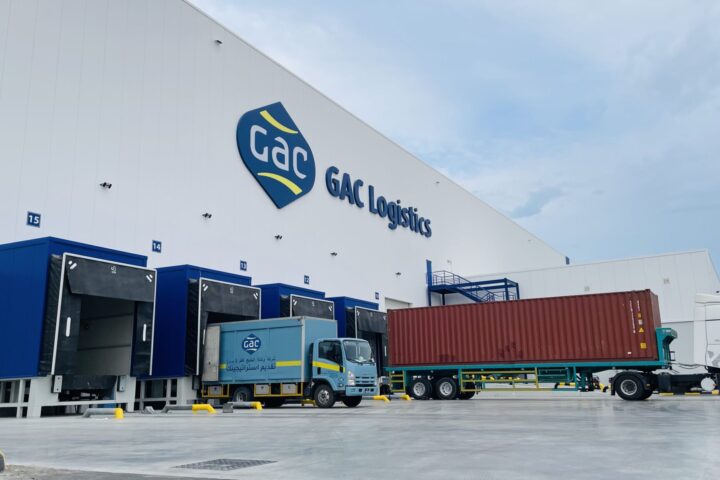The US and Chinese governments have announced a 90-day pause on the tariffs introduced by both sides in April.
Starting May 14th, the US will reduce its reciprocal tariffs on China from 125% to 10%, which – together with the 10% tariff increases introduced in February and again in March targeting fentanyl flows from China – bring the new baseline to a 30% minimum tariff on all Chinese exports to the US.
Likewise the US’s suspension of de minimis eligibility for Chinese goods – also targeting fentanyl imports – remains unchanged.
Goods that were subject to tariffs already in place before President Trump took office this year are still subject to those additional duties as well.
China will reduce its reciprocal tariffs on the US from 125% to 10% for all US exports.
During this three month pause China and the US will continue discussions and negotiations on trade relations and toward a new agreement.
Demand Implications
This 30% minimum tariff on Chinese goods is higher than the highest tariffs applied to a more limited list of goods during the first Trump administration. But National Retail Federation US ocean import data shows that even when subject to a minimum of 20% tariffs on Chinese goods in March, US importers continued to frontload inventory ahead of the prospect of even higher tariffs, with volumes in March and April 11% higher than in 2024.
So while the 145% tariffs drove a drop of 35% or more in China-US ocean volumes since early April, we’re likely to see a significant demand rebound in the near term as shippers replenish inventories that may have started to run down in the past month and as many Chinese manufacturers have high levels of finished goods already ready to ship.
And with an August deadline for the possible return of higher tariff levels, it is likely we’ll see frontloading restart meaning an early start and probably an early tapering off of peak season-level volumes this year.
Ocean Operations and Freight Rates
Despite the recent sharp drop in demand, transpacific container rates have remained level since early April at about $2,300/FEU to the West Coast and $3,400/FEU to the East Coast, as carriers reduced capacity through blank sailings and service suspensions, and by employing smaller vessels on this lane.
Carriers may have started shifting some of that excess transpacific capacity to other lanes during the April pause, and the reduction in sailings over the last few weeks also means fewer empty containers than usual will be making their way back to China in the near term.
So if demand does pick up sharply, shippers may face a period of tight capacity and some equipment shortages as vessels and containers are moved back into place. A big increase in demand would also mean a big bump in the number of vessels and container volumes arriving at US ports in a few weeks. Taken together, shippers could face increased container rates and some congestion and delays in the next few weeks at both origins and US destinations.
This seasonal demand coming early and these possible near-term capacity restraints – and with Red Sea diversions still absorbing some vessel capacity – should drive spot rates up, though with rates already more than 30% lower than a year ago due to fleet growth and increased competition between the new carrier alliances, peak season rates may not climb as high as last year’s peak season highs when rates reached $8,000/FEU to the West Coast and more than $9,800/FEU to the East Coast.












